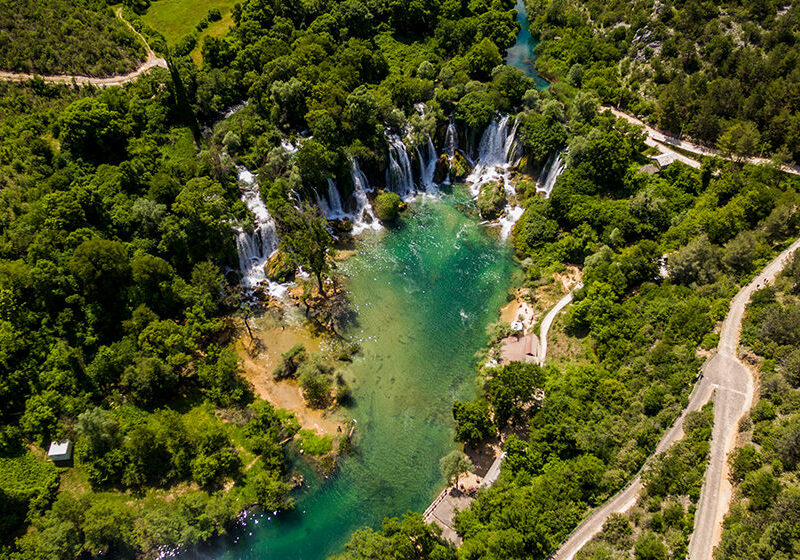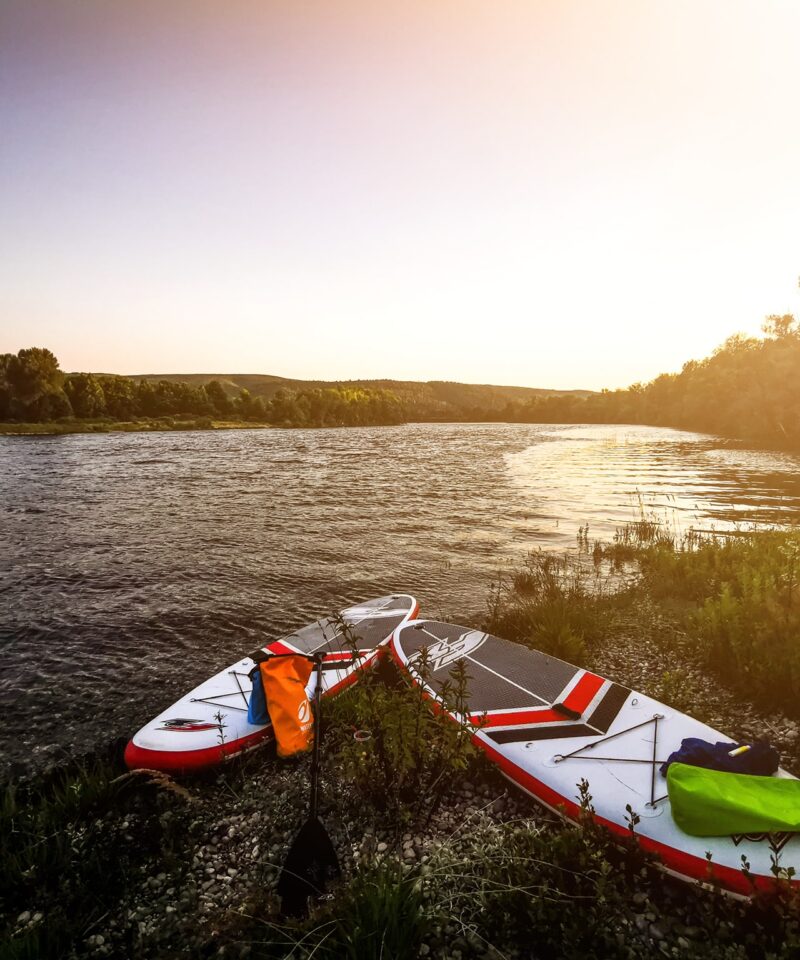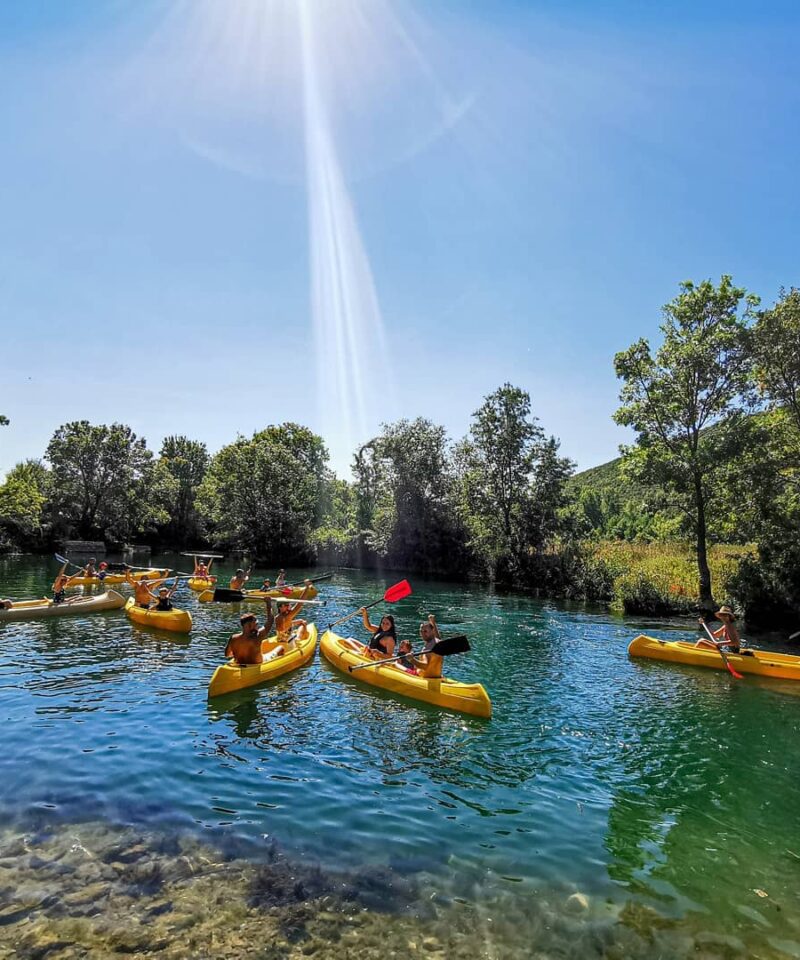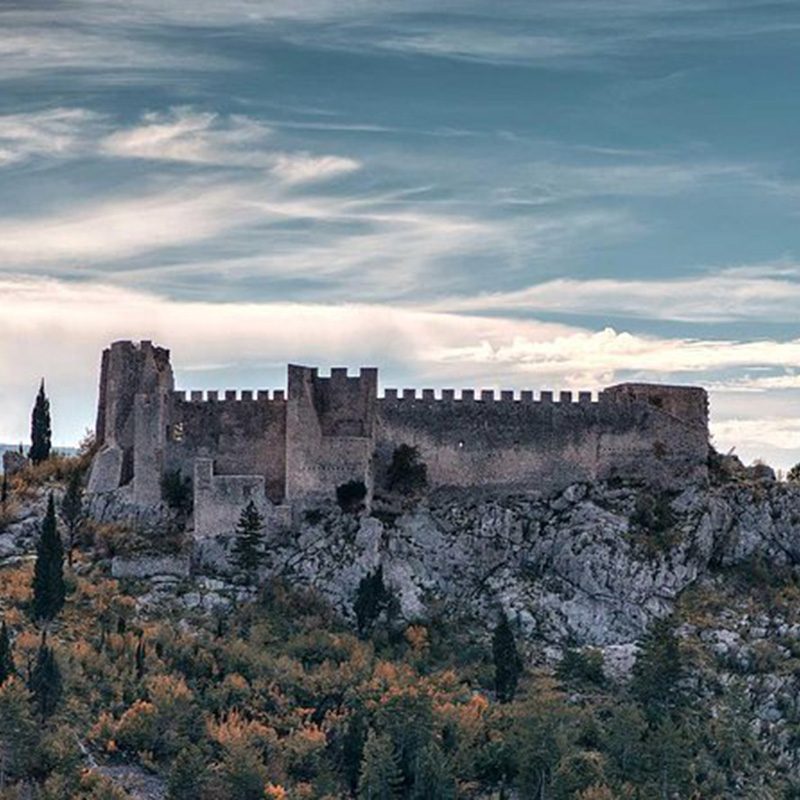Mogorjelo is a unique archeological monument from Roman times, a well-preserved old Roman villa rustica.
One of the most significant monuments of Roman times in Bosnia and Herzegovina is certainly Mogorjelo, a yet another pearl of Neretva’s long strand of pearls of ancient cultural and natural heritage sites. Located 1 kilometer south of town of Čapljina, Mogorjelo remainings of the old Roman suburban Villa Rustica from the 4th century represents ancient Roman agricultural production and estate, mills, bakeries, olive oil refinery and forges.
The ruins of the fortified Roman late antique villa on the Mogorjelo hill in Čapljina are rightly counted among the important monuments of the Roman era in Bosnia and Herzegovina (cultural-historical monument of zero category). The site was discovered during the construction of the Sarajevo – Metković (Dubrovnik) railway in 1885, and from 1899 to 1903 it was excavated under the supervision of the Austrian archaeologist Karl Patsch.
The oldest finds are related to the villa rustica (agricultural property), which was given to a veteran from southern Italy, as a reward for successful warfare in Dacia (today’s Romania), where olive oil, wine, grain and willow wicker were produced.
At the end of the 3rd century, the estate was declared a state estate, the so-called dominion. In the 4th century, warrior tribes appeared from the eastern steppes, which constantly attacked the Roman Empire, and since Mogorjelo was a major supplier of food to the great Roman city of Narona, there was a need to fortify the site. This is how the fort (castrum) was built, which, with its rectangular shape with three entrances and eleven defensive towers, provided security to workers and soldiers.
The Western Goths with their ruler Alarich conquered and destroyed Mogorjelo in 401-403. A basilica was built on the ruins of the fort in the 5th century for the Christianization of the Illyrian tribes (Christianity was permitted in the Roman Empire). The last demolition was carried out by the Slavs in the 7th century. Thanks to the conservation measures from 1903 and the planting of Mediterranean vegetation, Mogorjelo has become a sort of picnic spot, not only for locals, but also for school excursions, guests from the Adriatic and numerous tourists.
Do you want to experience Mogorjelo Villa rustica firsthand, enjoy stunning architecture, picturesque views on Neretva river, and learn all about its rich history? Contact us.
We will create a journey tailored to your preferences.






